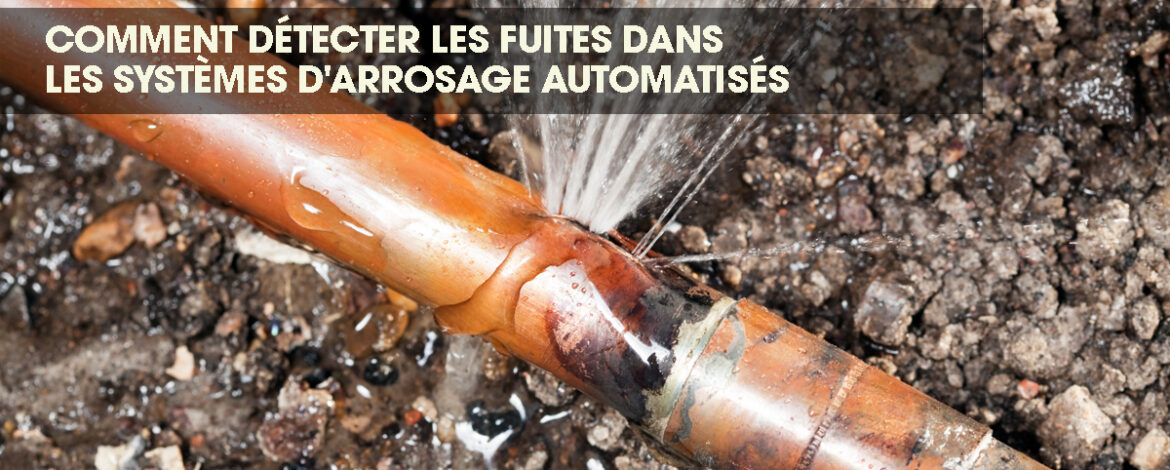Automated irrigation systems are essential for maintaining healthy landscapes with minimal effort. However, like any other system, they can sometimes develop leaks, leading to water waste, increased utility costs, and potential damage to your property. Detecting leaks early is crucial to avoid these issues. In this article, we will guide you through the steps of identifying leaks in your irrigation system while emphasizing the importance of proper drainage, especially given the recent increase in rainfall. Detecting leaks in automated irrigation systems is key to maintaining both efficiency and sustainability in your landscape.
1. Unusual Water Bills
One of the first indicators of a leak in your automated irrigation system is a spike in your water bill. If your bill has increased unexpectedly, but your water usage habits haven’t changed, there might be a leak. Carefully reviewing your water consumption and comparing it with previous months can help identify if there’s an issue.
2. Visible Water Puddles and Wet Spots
Another clear sign of a leak is the appearance of wet spots or puddles in areas where the sprinklers haven’t been running. These may be located around pipes, valves, or sprinkler heads. It’s important to address this quickly, as excessive moisture can damage your landscape and lead to the growth of mold or fungus. This is especially important now, with the frequent heavy rainfalls that add more stress to irrigation and drainage systems.
3. Decreased Water Pressure
A sudden drop in water pressure can indicate a leak somewhere in your system. If your sprinklers aren’t distributing water as effectively as they used to, or if certain zones are underperforming, a leak might be diverting water away from its intended destination. A professional inspection can help locate the source of the problem and prevent further damage.
4. Check the System Components
Sometimes, leaks aren’t immediately visible. Conducting a thorough inspection of your system components is essential. Look for any cracked or broken sprinkler heads, damaged pipes, or faulty valves. Additionally, leaks can develop in underground pipes, making them harder to detect. This is where partnering with a company that specializes in both irrigation and drainage systems can be invaluable.
5. Monitor the Water Meter
If you’re still unsure whether there’s a leak, a simple way to confirm is by monitoring your water meter. Turn off all water sources in your home, including the irrigation system, and then check your meter. If the meter continues to move, it’s a strong indication that you have a leak in your irrigation system.
6. Professional Inspection and Maintenance
While DIY detection methods can help identify potential leaks, the best way to ensure your irrigation system is functioning efficiently is to schedule regular inspections by a professional. At Vaquam, we not only install automated irrigation systems but also offer maintenance services to detect and repair leaks. Our experts can assess your system and drainage setup, ensuring everything operates smoothly—even in periods of heavy rainfall.
By staying vigilant and performing regular checks, you can prevent leaks from causing damage or wasting water. As rainfall increases, the need for efficient irrigation and proper drainage becomes even more critical. Detecting leaks in automated irrigation systems ensures that your landscape thrives while keeping your water usage in check.
At Vaquam, we inspect irrigation systems for possible leaks and perform various types of maintenance to keep them running efficiently. Our services follow the specific regulations of each municipality, and we comply with provincial law in cities like Montreal, Terrebonne, Brossard, Laval, Longueuil, Candiac, and Roussillon, among others, ensuring the safety of our clients and the community at large.


